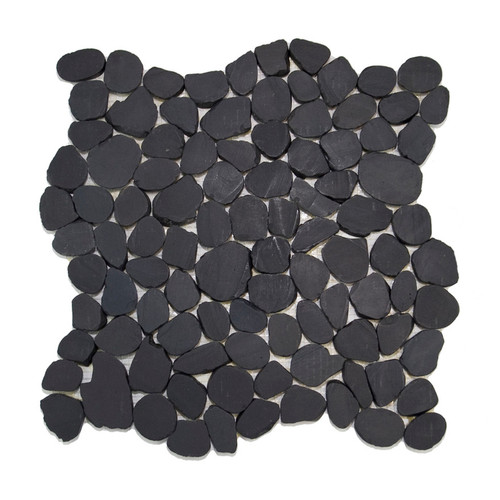

Here are cliffs bent and crumpled by two continents crashing into each other and bands of red-hot rock squeezed out by a volcano somewhere up in Scotland. Here are caves, rock-arches and sea stacks here are desert sand dunes emerging out of the ocean. Here are giant tree ferns engulfed in volcanic lava. What Britain is and where it came from, just what's been going on around here for the last 500 million years: all is revealed in a continuous slice around our seaside. But after greasing yourself with a mixture of suncream and grit, cleaning beach oil off your feet, and abandoning the attempt to read the latest Dan Brown with a Force Six breeze turning the pages. It's a peculiarly British form of fun, which foreigners might even misinterpret as suffering. 'I do like to be beside the seaside' - rock pools and paddling, sandwiches with real sand in them, striped towels and a big yellow umbrella to keep off the sea breezes and summer showers. William Smith 1839, quoted in Phillips 1844 It was this which, on my receiving the Wollaston Prize, induced me to say that 'had Newton condescended to look on the ground he must have been a geologist'. Newton's own fields, or at least those he must have often walked over, are literally strewed with fossils in a manner which I never saw in any other soil, lying thereon like new-sown seeds of oats, and so numerous are they where I observed them, that in the moist state of that tenacious soil the great philosopher may have scraped them (unobserved) from his shoes by hundreds. William Smith was to mock Newton, inhabitant of the Oolitic Limestone, for not looking at those pebbles hard enough. Introduction I do not know what I may appear to the world, but to myself I seem to have been only like a boy playing on the sea-shore, and diverting myself in now and then finding a smoother pebble or a prettier shell than ordinary, whilst the great ocean of truth lay all undiscovered before me. REVIEW 1 - after publication REVIEWER 1 SOURCE 1 SOURCE 1) In due course (but not yet in August 2012) the first 50 pages, with all their pics and diagrams, will probably be seen on Google books What Britain is and where it came from, just what's been going on around here for the last 500 million years: all is revealed, in a continuous slice around our seaside. Real geology is looking at real rock, and working out what the heck's been happening to it. Real geology isn't looking up the books and memorising all the long words.

And as you wander along the edge of the sand, gradually slowing your eye to the beach-holiday speed of looking at things, you see small creatures, seashells and corals from hundreds of millions of years ago. Britain today lacks glaciers and volcanoes but the grand geological earth-shifter we do see is the sea, hard at it around our 6000 miles of coast. Here are cliffs bent and crumpled by two continents crashing into each other, and a band of red-hot basalt squeezed from somewhere in Scotland. Here are desert sand dunes emerging out of the ocean. While serious geologists poke among the old fridges in abandoned quarries, this book goes paddling in the rock pools, to examine the rock samples so perfectly polished up for us by the sea.īetween the lichen and the low-tide line, everything's out in the open to be looked at. But even better, I do like to see beside the seaside: sea stacks and wavecut platforms, ammonites and sand. I do like to be beside the seaside, yes indeed.

Sandstone and Sea Stacks hardback: 280 x 215mmĢ08 pages: 250 colour pictures and 50 diagramsįrances Lincoln October 2011: £25: ISBN 978-0-7112-3228-0


 0 kommentar(er)
0 kommentar(er)
